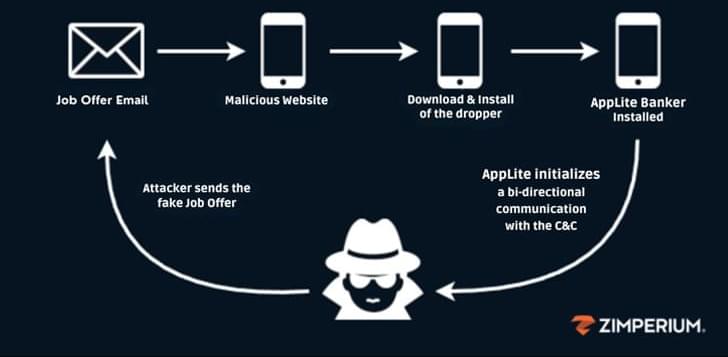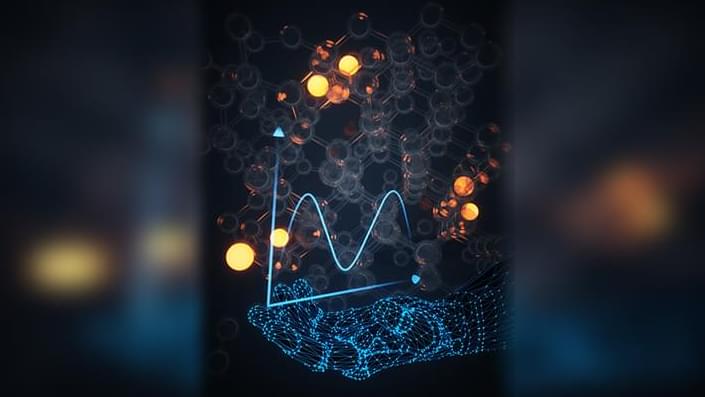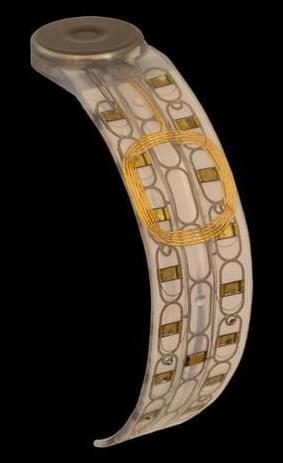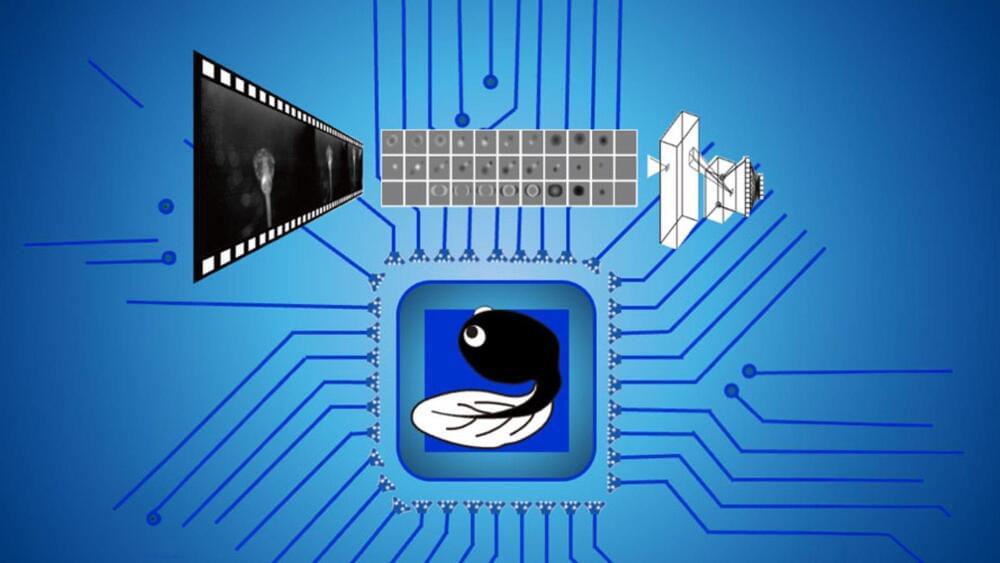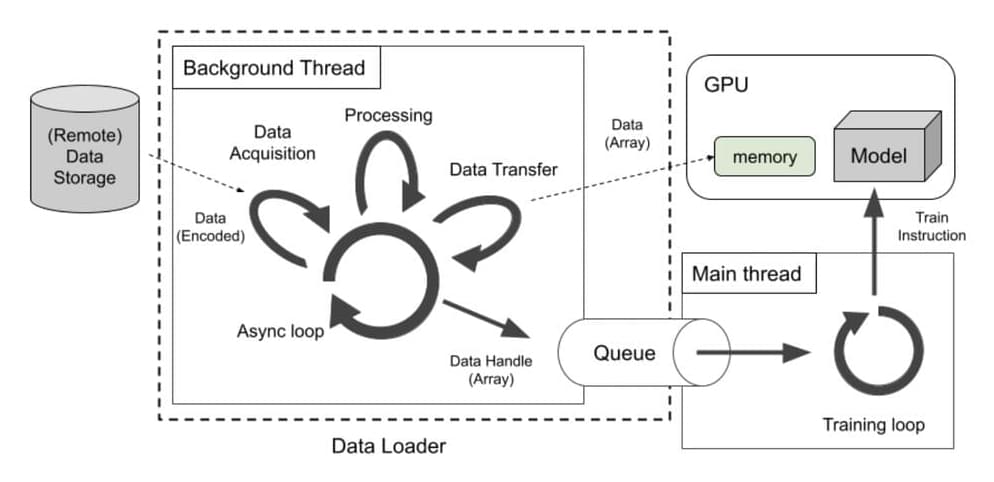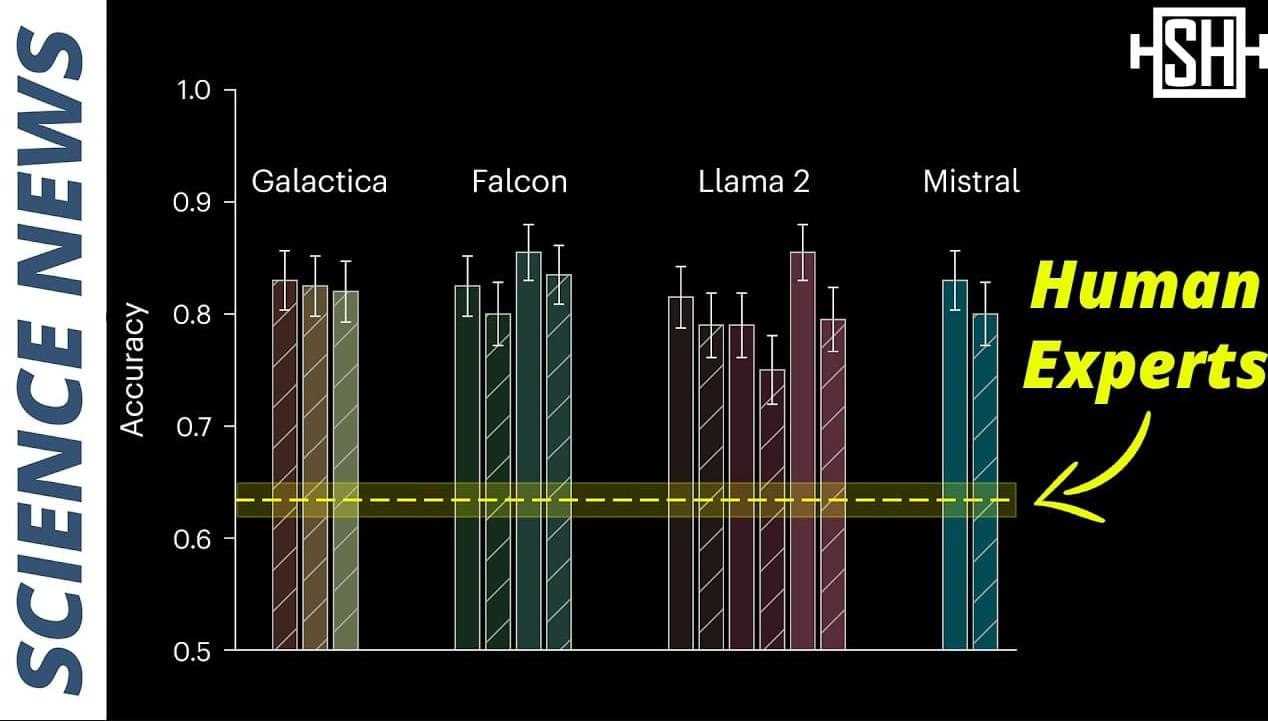
There are contexts where human cognitive and emotional intelligence takes precedence over AI, which serves a supporting role in decision-making without overriding human judgment. Here, AI “protects” human cognitive processes from things like bias, heuristic thinking, or decision-making that activates the brain’s reward system and leads to incoherent or skewed results. In the human-first mode, artificial integrity can assist judicial processes by analyzing previous law cases and outcomes, for instance, without substituting a judge’s moral and ethical reasoning. For this to work well, the AI system would also have to show how it arrives at different conclusions and recommendations, considering any cultural context or values that apply differently across different regions or legal systems.
4 – Fusion Mode:
Artificial integrity in this mode is a synergy between human intelligence and AI capabilities combining the best of both worlds. Autonomous vehicles operating in Fusion Mode would have AI managing the vehicle’s operations, such as speed, navigation, and obstacle avoidance, while human oversight, potentially through emerging technologies like Brain-Computer Interfaces (BCIs), would offer real-time input on complex ethical dilemmas. For instance, in unavoidable crash situations, a BCI could enable direct communication between the human brain and AI, allowing ethical decision-making to occur in real-time, and blending AI’s precision with human moral reasoning. These kinds of advanced integrations between humans and machines will require artificial integrity at the highest level of maturity: artificial integrity would ensure not only technical excellence but ethical robustness, to guard against any exploitation or manipulation of neural data as it prioritizes human safety and autonomy.
